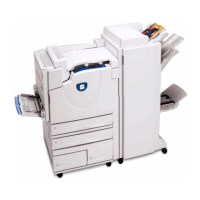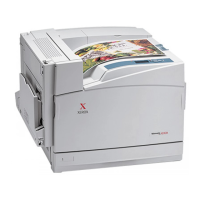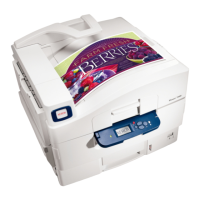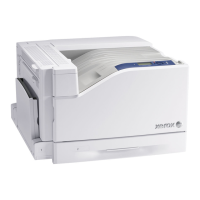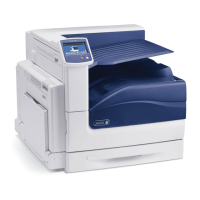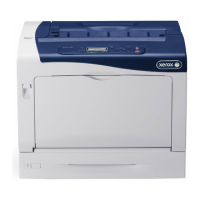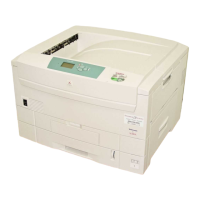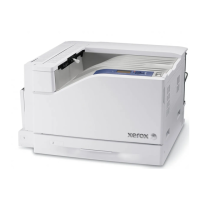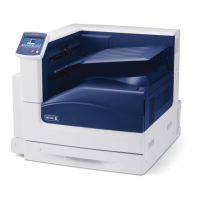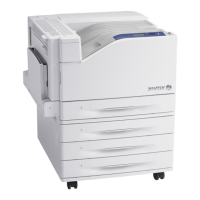2-2 Phaser 7750 Printer Service Manual
Summary of the Phaser 7750 Print Process
The Phaser 7750 Color Laser Printer is a ‘full-color laser printer’, that utilizes
electrophotographic recording principles to place a full color image onto the print
media. The system contains a drum and developing unit for each color (yellow,
magenta, cyan and black (YMCK), and places the toner image of each color onto
print media via an intermediate transfer belt, producing full-color prints.
A summary description of the printing process is presented in the following steps:
1. Charging: The imaging unit charge roller is negatively charged by the High-
Voltage Power Supply (HVPS) and is kept in contact with the drum surface to
provide a uniform negative charge on the drum as it rotates at a constant speed.
This occurs simultaneously for YMCK.
2. Exposure: The laser unit emits laser beams modulated by image data from the
Image Processor board. The laser beams are directed onto the drum surface
through a system of mirrors and lenses. A rotating polygonal mirror causes the
laser beams to scan the drum surface from end to end (axially) as it rotates. The
beams are turned on to print a pixel and off when no printing is required. The
negative charge on the drum surface is reduced at each point where the energized
laser beam strikes, to form an electrostatic latent image on the drum surface. This
process is performed simultaneously for YMCK.
3. Development: Toner is electrostatically attracted to the invisible latent image
on the drum surface to form the visible image on the drum. Toner is fed into the
developer using the agitator and auger. The toner and the carrier in the developer
form a layer on the magnet roller in the developer. The magnet roller turns
against the surface of the drum and is kept at a constant negative potential. At
areas on the drum surface where the negative charge has not been reduced by the
laser light, potential between the drum and the toner particles is lower than that
between the magnet roller and the toner particles. At areas where the drum
charge has been reduced, the potential between the particles and drum is higher
than between the magnet roller and toner particles are attracted to the drum. A
thin semiconductive sleeve on the magnet roller is vibrated by an AC voltage to
encourage migration of the toner particles to the drum. When the toner particles
attach to the drum, the negative charge of the particles reduces drum potential at
that point, thus reducing the attraction of additional toner particles. This process
is performed simultaneously for YMCK.
4. Primary Transfer (Drum --> Accumulator Belt): All four toner images,
formed on the individual drum surfaces, are transferred to the accumulator belt
sequentially to create a complete, 4-color toner image. The accumulator belt is
conductive and receives a high positive charge from the HVPS. The negatively
charged toner image on each drum surface is attracted by the high positive
potential and transfers to the accumulator belt. During this transfer, the remaining
negative charge on the drum is neutralized by the high positive charge on the belt.
5. Cleaning: The drum cleaner consists of a blade and a brush in contact with the
drum after the point where the toner is transferred to the accumulator belt. The
cleaner brush receives a high positive voltage from the HVPS allowing it to
electrically attract any toner particles remaining on the drum. Toner remaining on
the accumulator belt after the image transfer to the print media is removed by the
belt cleaner assembly and transferred to the waste bin.
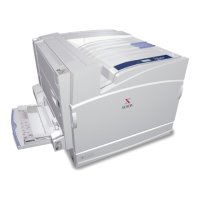
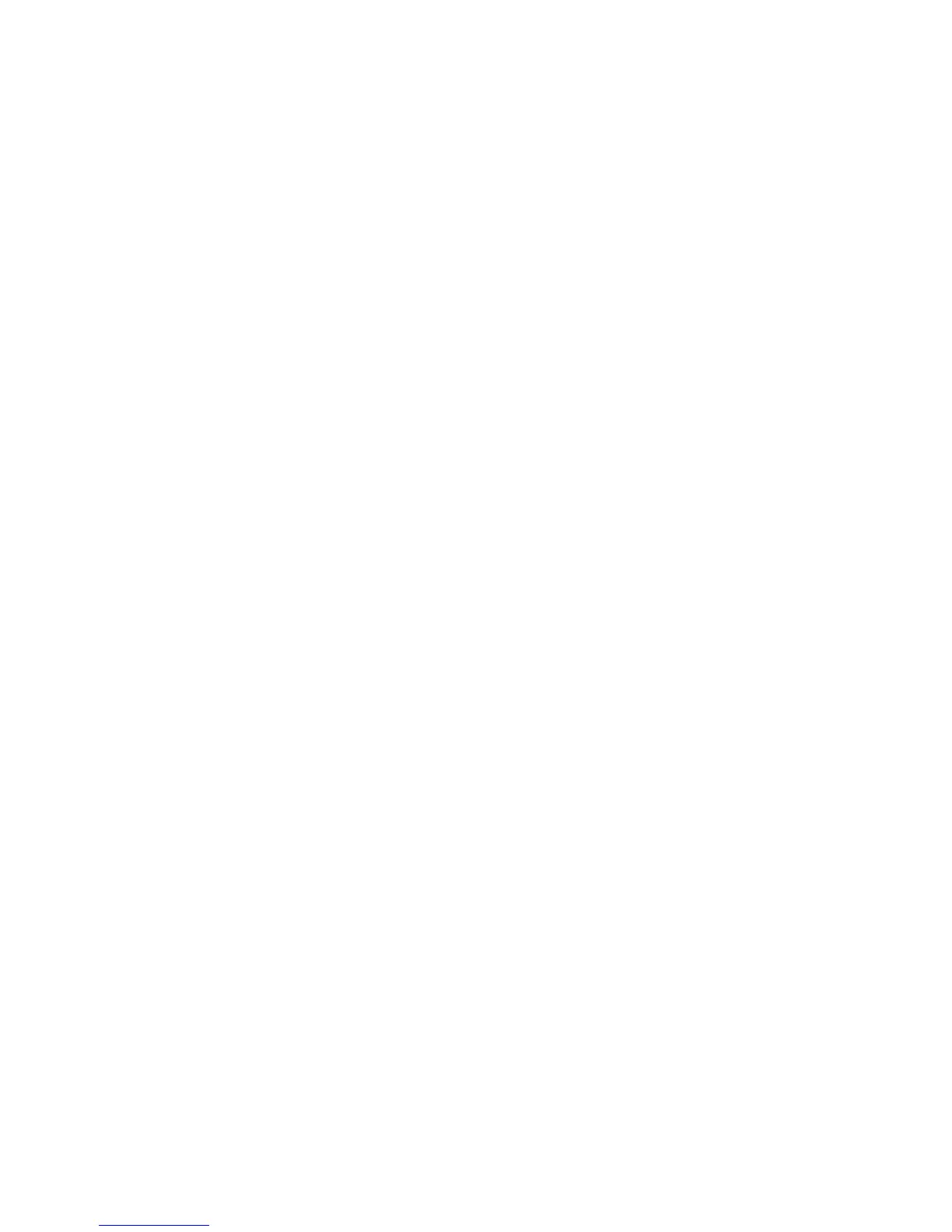